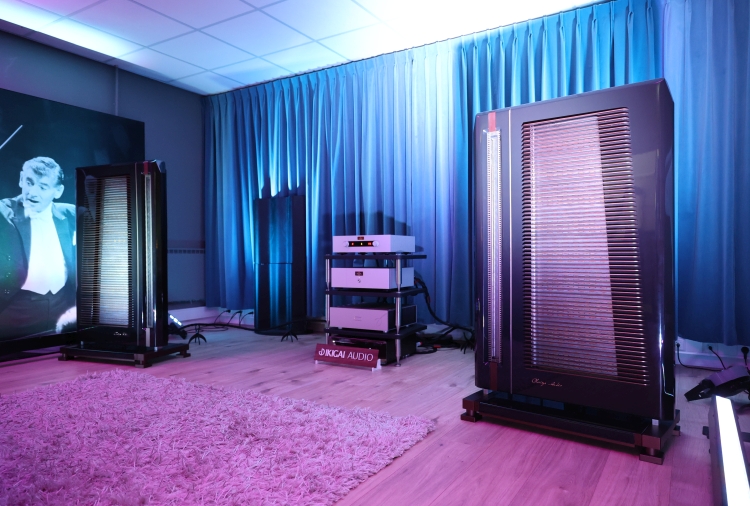
Reviewed at puurhifidelity
Retail price in the NL, including 21% VAT: € 53.000
Available in any custom color at no extra cost
Remember how smitten I was with the Clarisys Audio Minuet when I heard it one year ago (2023) at PUUR hifidelity? Now, go figure that the speaker company issued an improved “Neodymium” model called Minuet Plus that does everything the previous Ferrite model did but with improvements across the board and higher efficiency so that any competent amplifier can drive them, including tubes.
Intrigued? You bet I was!
How it started
Apogee Acoustics was active between 1981 and 1999 when it went out of business due to several successive events, among which rising costs and increasing competition in a shrinking market. Later, a new company was founded by an Australian named Graeme Keet (Graz), that offers replacement ribbons, re-released a range of speaker models under the “Classic” label, and developed a brand new model named Synergy 1.5. Alas, both speaker ranges are available only by special request and I have never personally seen or heard a current model Apogee loudspeaker, so my experience is limited to original models and refurbished samples. Clarisys is distributed all around the globe and widely available from dedicated retailers.
Founded in Vietnam, the Clarisys journey began in 2010 when a group of friends united by their love for the high-fidelity sound of the iconic Apogee speakers decided to start fabricating loudspeakers themselves, based on the classic Apogee designs. While their first models were refurbished originals using a mixture of old and new technology, their journey took a pivotal turn when they met Florian Wiegand, an enthusiastic audiophile and Apogee collector with a profound understanding of speaker design. The new collaboration proved highly fruitful and kick-started the quest to optimize and improve the original design of ribbon speakers, using double-sided bass speakers with a neodymium magnet structure, removing failure points, and improving structural rigidity.
As Florian told me, their love and fascination with the original designs and their unique sonic presentations instilled the desire to reproduce these classics and subsequently find ways to improve them. And it has to be said that the current Clarisys models are indeed far from mere clones.
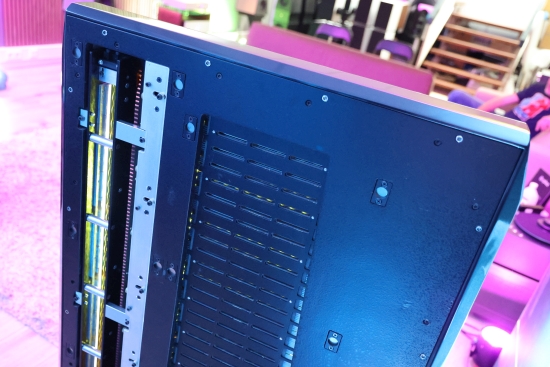
A quick glance at the back of the Minuet Plus, with the grilles removed, illustrates the progress made. The aluminum subframe-exoskeleton construction reminds me of a mixture of the internals of the Magico Q series and the time alignment adjustment arrays of large Wilson speakers. You have to see it in person; it is very impressive!
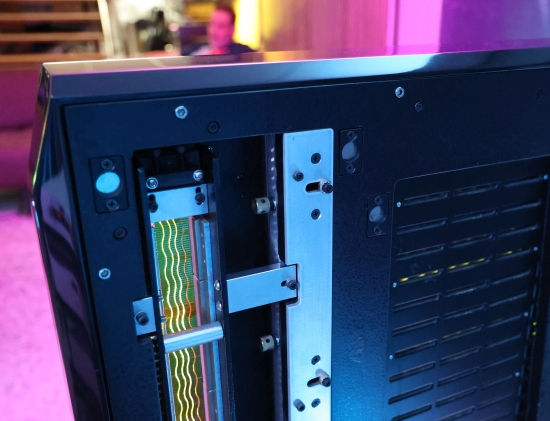
Recent Clarisys timeline
Clarisys Audio was founded in 2011 and has spent the last ten years designing speakers for friends and family and researching ways to improve upon the original Apogee designs.
The year 2021 saw the official market entry with the Minuet and Studio Plus models.
In 2022, the production line was upgraded to meet market demand and introduce all new Neodymium models, such as the Auditorium.
In 2023, the Minuet Neodymium model was introduced at Axpona with partners Shunyata Research
and Hegel Music Systems, together with products from Pink Faun and Constellation.
A new Neodymium version of the Minuet was released, initially loosely referred to as Minuet Neodymium or Minuet Neo. The original Ferrite Minuet model was discontinued. The new Neodymium model has been renamed to Minuet Plus, aligning it with the rest of the range.
Clarisys Minuet Plus
At 132 cm tall, 9 cm deep, and 79 cm wide, the new Plus model is slightly taller and wider than its predecessor. Weighing 95 kg per speaker, the new Plus model is 20 Kg heavier than the Ferrite Minuet, and its aluminum subframe exoskeleton massively increases rigidity.
Like the Ferrite model, the Neodymium model uses a double-sided bass panel, allowing more current to flow through the panel, react more accurately in the magnetic field, and achieve an easier-to-drive impedance. However, thanks to the Neodymium magnets, the nominal impedance went from 3,5 Ohms for the Ferrite version to 4,25 Ohms. This may still seem like a relatively low value, but it should be considered that most speakers on the market are 4-8 Ohms on average. In contrast, the Minuet’s impedance is flat across the speaker’s entire range, contrary to most cabinet designs, bass-reflex designs in particular, that can have very large dips in certain areas. The speaker’s efficiency increased from 88dB to 89dB and allows the use of tube amplifiers with a matching 4-ohm output transformer.
The internal crossover is an in-house, 1st order (6dB/octave), phase-coherent design with a 500Hz crossover frequency, using in-house built carbonite-resistors, Jantzen Capacitors, custom-made inductors, and custom-made copper foil cabling.
The speaker cable connectors are bi-wire, and there is also a grounding plug compatible with the Shunyata Research Altaira compatible grounding system (to remove Eddie currents).
Double-sided ribbons
The Minuet and Minuet Plus both have double-sided bass panels. For the Plus model, Clarisys has just released an updated double-sided midrange and tweeter ribbon, making the two speaker driver foils even more uniform, further increasing efficiency, and supposedly leading to even better sound. However, the speakers I will listen to for this review still have the single-sided midrange/treble ribbons. I will make an addendum to this review after the new ribbons have been installed.
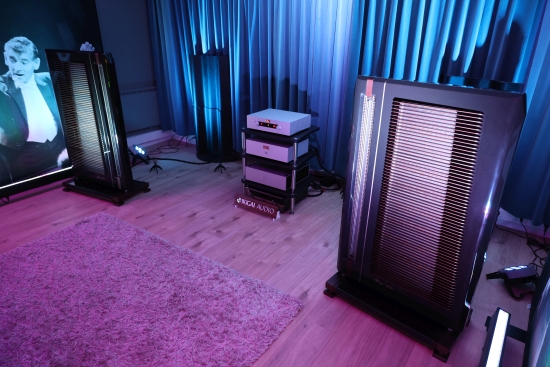
System Context
I will review Clarisys Audio Minuet Plus in the main demo room of PUUR hifidelity in Zeist, the Netherlands. The amplification is done with the Goldmund Mimesis Signature preamp with on-board DAC using the ESS9028Q2M SABRE32 Reference DAC chip and Telos 300 power amplifier, and the music source is the Pink Faun 2.16 Ultra music server. The system is almost fully wired with Ikigai Audio Kinzan (the top line), including the digital interlink, except for the AudioQuest Thunderbird/Thunderbird Bass speaker cables.
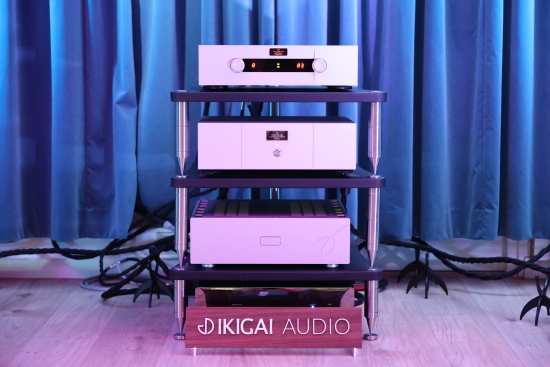
Listening
As with the Ferrite Minuets, when I heard them a year ago, the Minuet Plus immediately pulled me into the performance. Robert and Daan’s musical taste is more eclectic than mine. Still, no matter what they played, every track sounded pure, authentic, emotion-laden, and immersive, even more so than the previous time. Last year’s demo with the Ferrite model was fantastic, but the Neodymium model sounds even more realistic.
Especially the ease with which the speakers accellerate from whisper-quiet to ear-piercing loud was astounding. This is the biggest difference between the Ferrite and Neodymium model: the transient behavior, immediacy, and dynamic impact are beyond anything else I heard, except for certain horn systems. But none of those systems can match the transparency, purity, linearity, and, importantly, the coherence of the Minuet Plus.
Apogees have always had deep and powerful bass, but it was never as crisp or incisive as I wanted, and this was one of the main reasons I ultimately changed over to dynamic speakers. After a period of trial and error, this led to the Magico S1 MkII, which I still use. But in comparing the sound of my system to the sound here in the PUUR demo room, I think I can safely say that not only is bass incisiveness no longer an argument, but I honestly fear for my speakers if I ever were to listen to the Minuet Plus in my listening space…
The treble and midrange offer the traits one expects from a ribbon driver, such as immense transparency, clarity, and precision. However, the Minuet Plus is considerably more immediate and expressive than other ribbon-based speakers I heard. It’s not just about startling attack and edge-of-seat dynamics, though. The Minuet Plus can also be supremely delicate, and although the speakers are blindingly fast, the sound is not dry-cut or mechanical. Rather, instrument decay and reverbs linger on with full sustain.
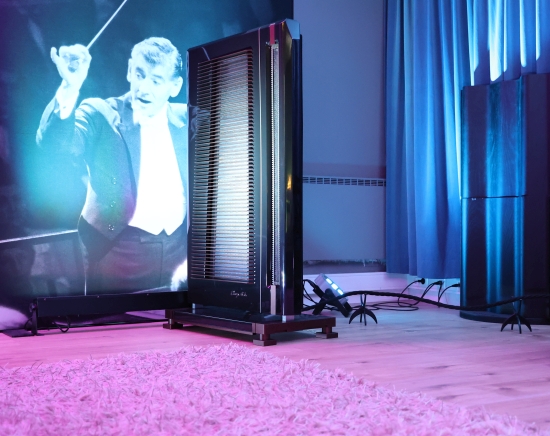
The Achilles heel of any ribbon speaker is often the bass. Combining a ribbon with a dynamic woofer is very hard, but even when two foils are used, this can be very tricky. The Apogee designs have always been special in this regard, and this is another area where Clarisys improvements are evident. The Minuet has bass that will startle those previously unfamiliar with these designs with unreal depth and stunning slam. But, importantly, the bass is also lightning-fast and immediate, integrating seamlessly with the mid/treble unit. The integration is done so well that it sounds more like a single sound source than a two-way design. Oh, and to put a classic Apogee fear to rest, none of the Clarisys models I heard ever exhibited the slightest buzz, not even when playing torture tracks designed to unveil such resonances, such as heavy-hitting bass or midrange transients against a silent background played at ear-splitting levels. And because Clarisys employs piano felt instead of the foam that inevitably decays over time, longevity is not a concern.
These speakers play just as clearly and expressively at whisper-quiet levels as they do when blasting one against the sofa’s backrest. Truly, there were moments when I could not suppress expressing my excitement while grinning ear to ear as I underwent what seemed more like a live experience than the replay of a recording.
Of course, the entire system was more upscale now, but the same brands were still used in the same space. It was a strange sensation to have pegged these speakers’ performance within the first minute and not find anything in the hours of listening that would ensue that would change my mind. In terms of linearity, transparency, and neutrality, the Minuet Plus reminds me of the Magico Q5, but without that speaker’s insane power demand and ultra-clinical tendencies.
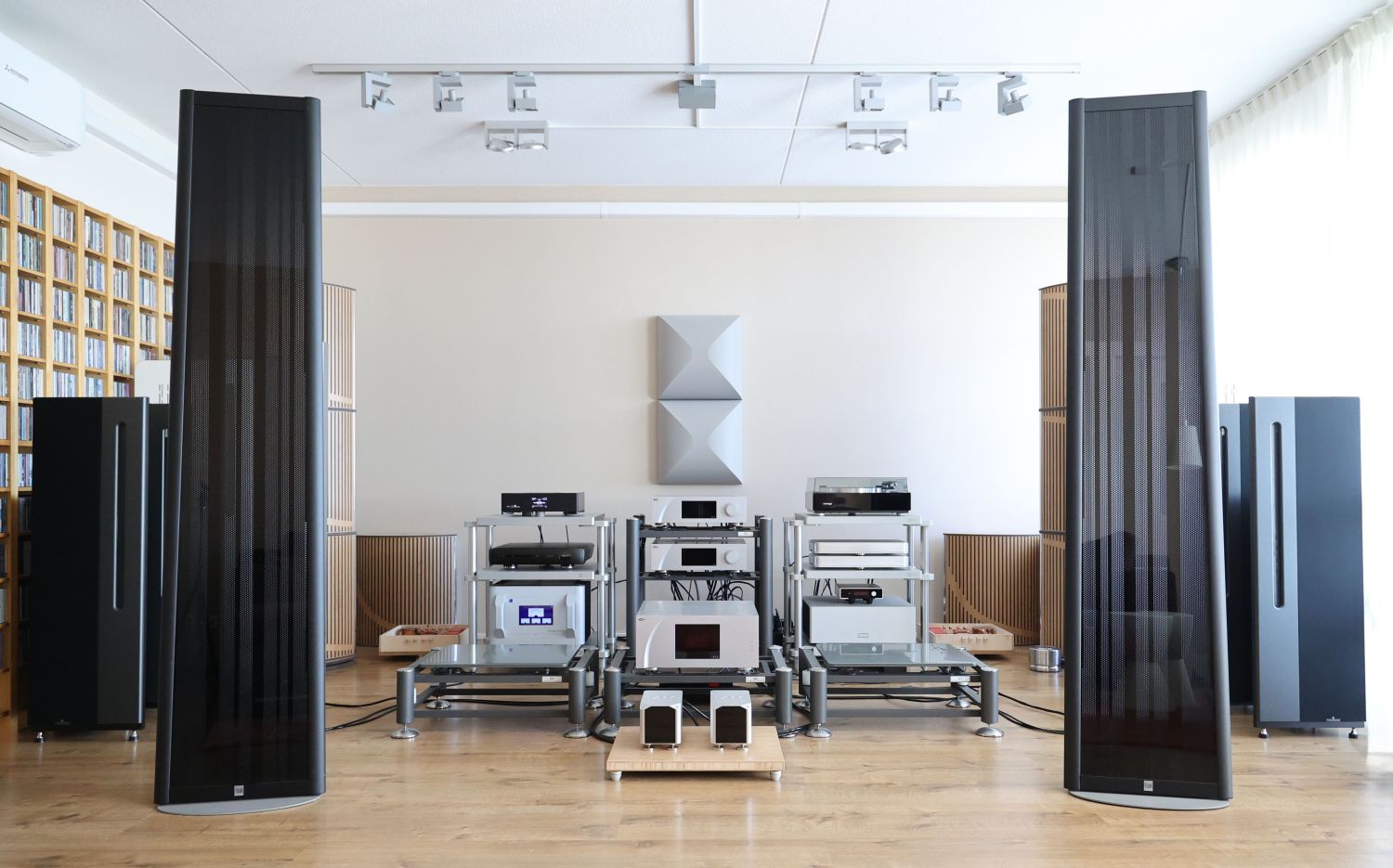
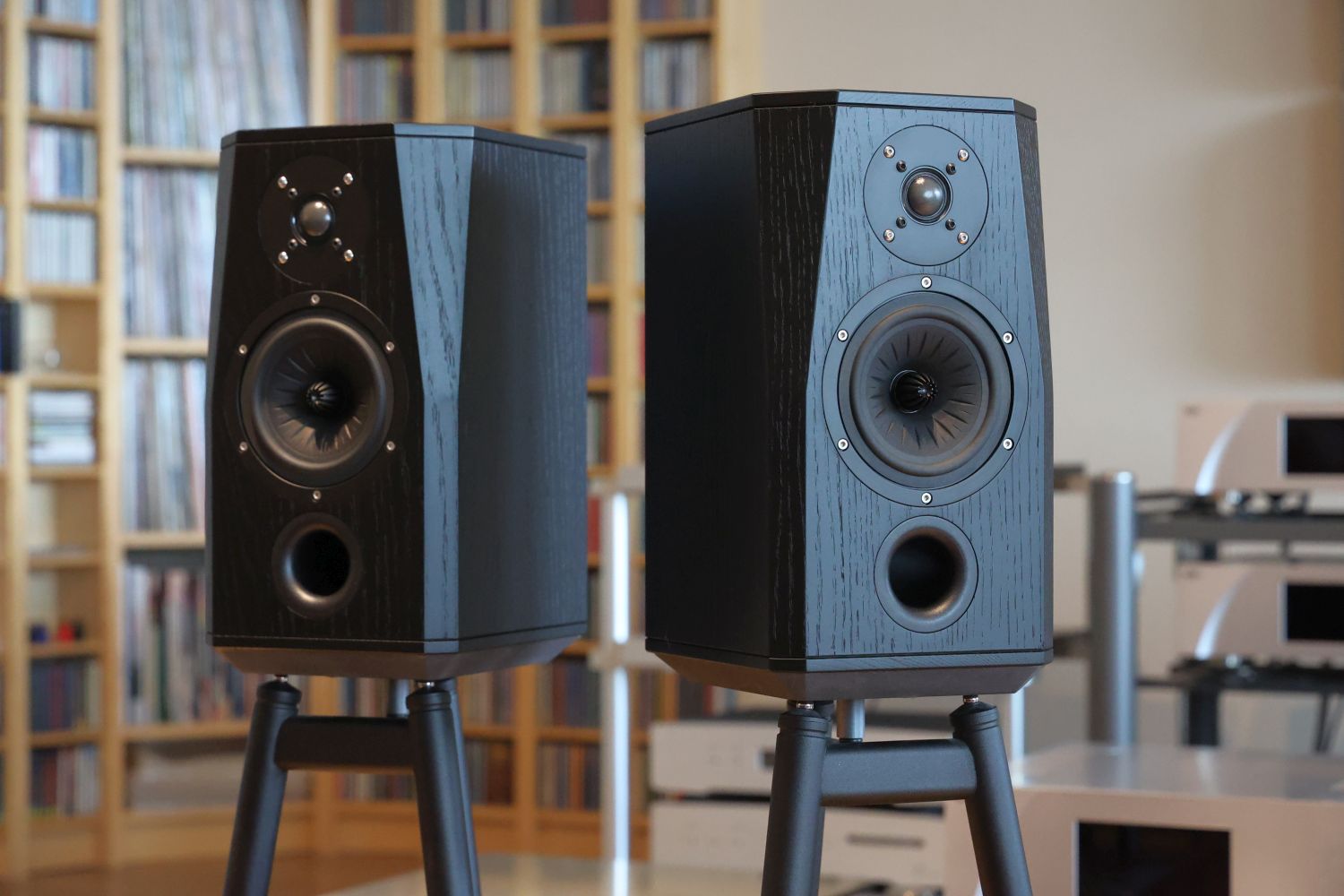
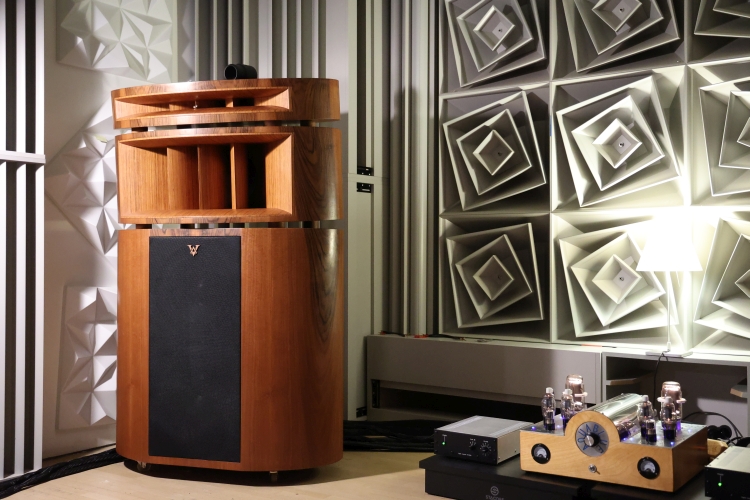
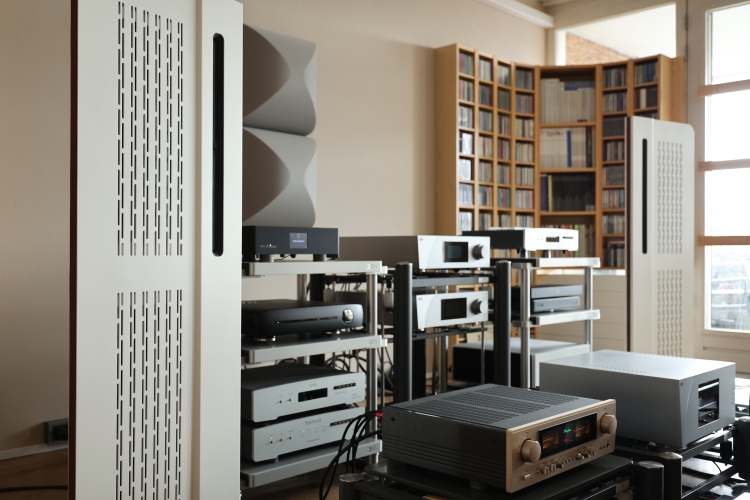
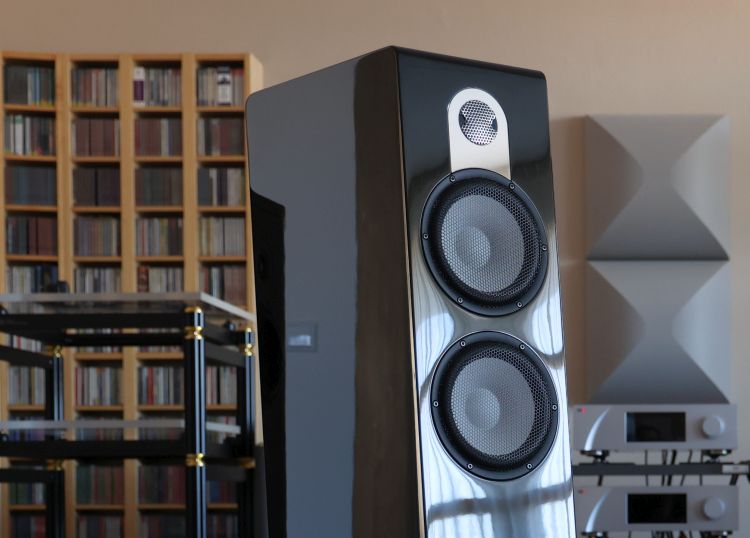
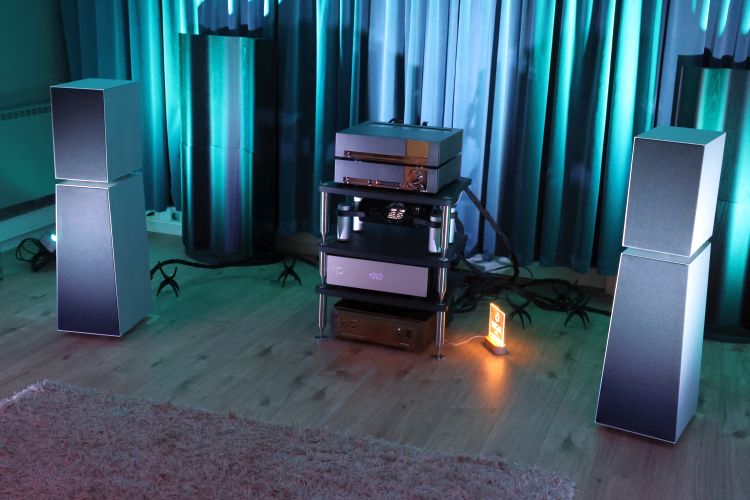
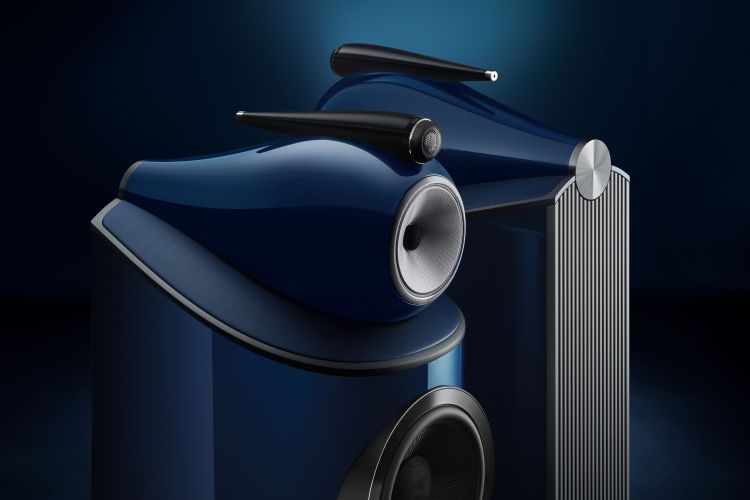
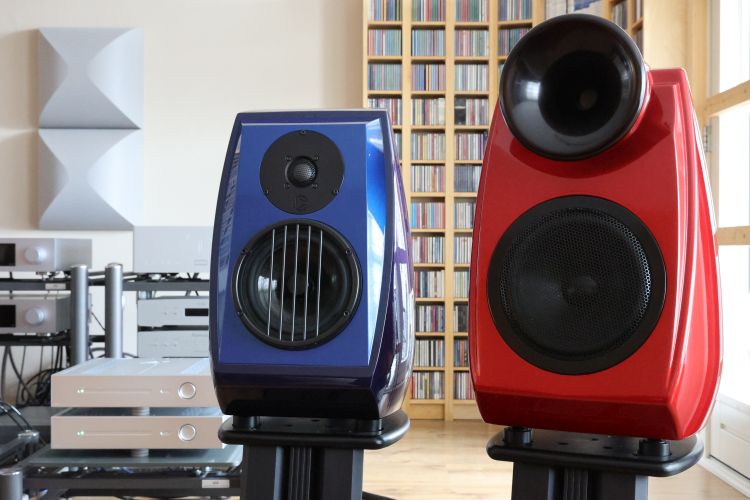
Many thanks for the wonderful review. Very helpful. I wonder if the Halcro amps or Dartzeel amps would be much better match than Goldmund which can also sound a bit clinical to my ears? Perhaps you need to get these to your own listing room and find out asap?? Many thanks
Hi Ash, Good to hear! Goldmund and CH could both be perceived as sounding a but clean, although I feel neither is clinical because they’re so highly refined and fluid. Although, admittedly they are both more static-sounding than the Halcro, which achieves the seemingly impossible: superlative fluidity, decidedly non-technical, and still manage ultra-resolution. I’ve reviewed the Halcro Eclipse stereo and may also review the monos in the near future. I’m also trying to get a pair of Clarisys speakers in for review. It would be ideal if that overlapped with the Halcros, but it may prove impossible to get coicidental availability on three calendars… Time will tell! Dartzeel is also interesting for sure. I will see if I can get a finger behind that door.
Hello Christian, many thanks for your feedback. I read your review of the Halcro with great interest so would be amazing if you got the Monos AND their new preamp as well for a review! My personal suspicion is that the only area where Goldmund “may” better the Halcro is in bass impact/slam but this is just a guess. And while you are getting some big toys, how about the new MSB Cascade with the Olympus server? No one seems to have compared the CHP DAC with MSB yet which is very surprising. Looking forward to your future reviews. Many thanks